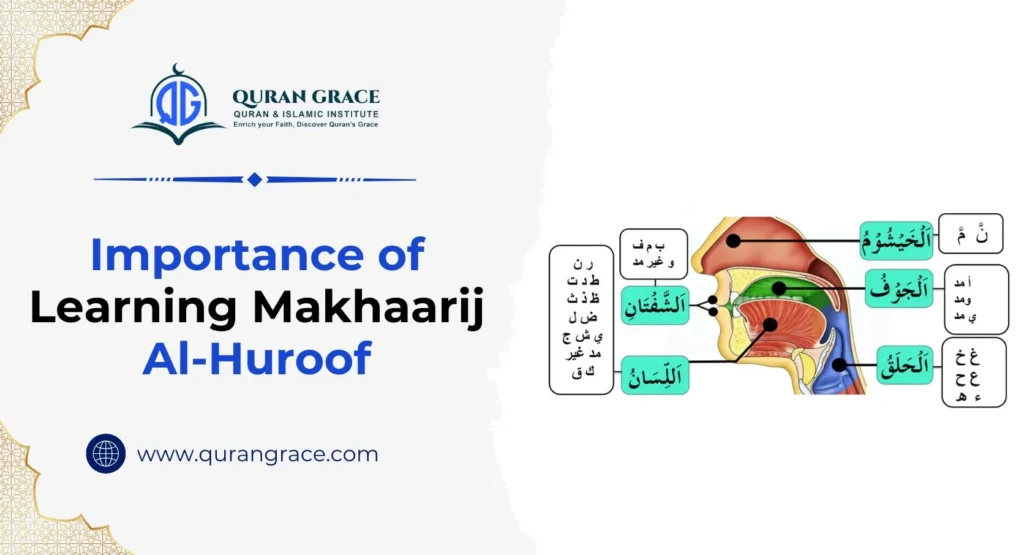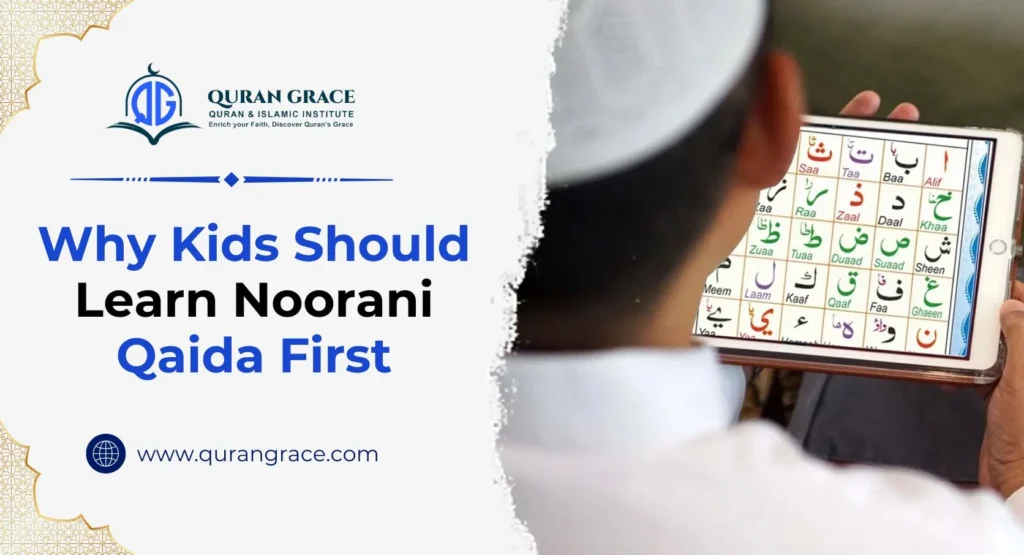Exploring the meanings of the Quran is a significant journey for Muslims. To aid in understanding its verses, scholars have developed various approaches to Tafsir, or interpretation. These methods are not merely academic exercises; they provide diverse perspectives that deepen our understanding of the Quran’s timeless wisdom. This blog will examine the main types of Tafsir, making them approachable for everyday readers.
What is Tafsir?
Tafsir (تفسير) literally means “explanation” or “interpretation.” In an Islamic context, it refers to the science of explaining the meanings of Quranic verses, clarifying their implications, and deriving lessons and rulings from them. The Quran, as the word of Allah, is rich in meaning, and Tafsir helps us explore its depths.
Why Do We Need Different Types of Tafsir?
The Quran was revealed over 23 years, addressing various situations and audiences. Its language is rich and multi-layered, often employing parables, metaphors, and concise expressions. Different types of Tafsir emerged to:
- Address various levels of understanding: From the literal meaning to deeper spiritual insights.
- Account for historical context: Understanding the circumstances surrounding a revelation (Asbab al-Nuzul).
- Reconcile confusions: Clarifying verses that might seem contradictory at first glance.
- Derive legal rulings: Extracting Islamic law (Fiqh) from the Quran.
- Explore linguistic nuances: Appreciating the beauty and precision of the Arabic language in the Quran.
Types of Tafsir With Examples
While there are many approaches, the following are the most common and widely recognized types of Tafsir:
1. Tafsir Bi al-Ma’thur (Interpretation by Transmission)
This is considered the most authentic and preferred type of Tafsir. It relies on interpreting the Quran using other reliable sources of Islamic knowledge.
- Quran by Quran: Explaining one Quranic verse with another verse.
- Quran by Sunnah: Explaining a Quranic verse with the sayings, actions, or approvals of Prophet Muhammad (peace be upon him). The Prophet was the first and best interpreter of the Quran.
- Quran by Sahaba (Companions): Explaining a Quranic verse with the interpretations of the Prophet’s companions. They witnessed the revelations and learned directly from him.
- Quran by Tabi’in (Successors): Explaining a Quranic verse with the interpretations of the generation after the companions, who learned from the Sahaba.
Example:
Consider Surah Al-Fatiha, Ayah 7:
صِرَاطَ الَّذِينَ أَنعَمتَ عَلَيهِمْ غَيرِ المَغضُوبِ عَلَيهِمْ وَلاَ الضَّالِّينَ
“The path of those upon whom You have bestowed favor, not of those who have evoked [Your] wrath or of those who are astray.”
Tafsir bil-Ma’thur explanation: The Prophet Muhammad (PBUH) himself explained that “those who have evoked [Your] wrath” refers to the Jews, and “those who are astray” refers to the Christians. This explanation comes directly from the Sunnah, providing a clear and authentic interpretation.
2. Tafsir Bil-Ra’y (Interpretation by Opinion/Reason)
Also known as Tafsir bil-Dirayah (interpretation by reasoning) or Tafsir bil-Ma’qul (interpretation by intellect), this type of tafseer involves using independent reasoning and intellect to understand the Quran, but always within the bounds of Islamic principles and knowledge. It’s crucial to distinguish between praiseworthy and blameworthy Tafsir bil-Ra’y.
Praiseworthy Tafsir bil-Ra’y:
This type is based on:
- Sound Arabic linguistics: Understanding the grammar, morphology, and semantics of the Arabic language.
- Knowledge of Asbab al-Nuzul: The circumstances and reasons behind a revelation.
- Understanding of abrogated and abrogating verses (Nasikh wa Mansukh): Recognizing which verses superseded others.
- Knowledge of various Islamic sciences: Such as Fiqh (jurisprudence), Hadith, and Usul al-Fiqh (principles of jurisprudence).
- Adherence to the interpretations of the Salaf (pious predecessors): Not contradicting established understandings.
Blameworthy Tafsir bil-Ra’y:
This happens when a person interprets the Quran solely based on their personal opinions or desires, without possessing adequate knowledge of the essential Islamic sciences. Such an approach can result in misinterpretations and deviations from the true essence of the Quran.
Example:
Consider Surah Al-Baqarah, Ayah 185: “
شَهْرُ رَمَضَانَ الَّذِي أُنزِلَ فِيهِ الْقُرْآنُ هُدًى لِّلنَّاسِ وَبَيِّنَاتٍ مِّنَ الْهُدَى وَالْفُرْقَانِ فَمَن شَهِدَ مِنكُمُ الشَّهْرَ فَلْيَصُمْهُ
“The month of Ramadan is that in which was revealed the Quran, a guidance for the people and clear proofs of guidance and criterion. So whoever sights [the new moon of] the month, let him fast it.”
- Tafsir bil-Ra’y explanation: The verse clearly states that one should fast when one sees the moon. Scholars who refer to tafseer bi al-Ra’y explore the linguistic implications of the phrase “whoever sights [the new moon of] the month.” They debate whether this refers to personal sighting, collective sighting, or astronomical calculations. Utilizing their understanding of Arabic and the broader principles of Islamic law, they derive practical rulings regarding the start of Ramadan. This includes considering different schools of thought, such as relying on local sightings versus global sightings. This process requires intellectual effort and reasoning based on established knowledge, rather than mere personal opinion.
3. Tafsir al-Ilmi (Scientific Interpretation)
This type of Tafsir aims to interpret Quranic verses in light of modern scientific discoveries and theories. It seeks to demonstrate the miraculous nature of the Quran by showing its consistency with scientific facts.
However, it is important to approach this method with caution. Science is constantly evolving, and a scientific theory that is accepted today may be disproven tomorrow. Relying too heavily on scientific interpretations can lead to misunderstandings if a theory is later found to be false or if a Quranic verse is forced to align with a scientific concept that it does not truly imply. Ultimately, the primary purpose of the Quran is guidance, not to serve as a science textbook.
Example:
Consider Surah An-Nur, Ayah 40:
أَوْ كَظُلُمَاتٍ فِي بَحْرٍ لُّجِّيٍّ يَغْشَاهُ مَوْجٌ مِّن فَوْقِهِ مَوْجٌ مِّن فَوْقِهِ سَحَابٌ ظُلُمَاتٌ بَعْضُهَا فَوْقَ بَعْضٍ إِذَا أَخْرَجَ يَدَهُ لَمْ يَكَدْ يَرَاهَا وَمَن لَّمْ يَجْعَلِ اللَّهُ لَهُ نُورًا فَمَا لَهُ مِن نُّورٍ
Or [they are] like darknesses within an unfathomable sea that is covered by waves, above which are waves, above which are clouds of darkness, some of them upon others. When one puts out his hand, he can hardly see it. And he to whom Allah has not granted light—for him there is no light.
- Tafsir al-Ilmi explanation: Modern oceanography has revealed the existence of internal waves in deep oceans, which are distinct from surface waves and occur at different depths. The verse describes “waves, above which are waves,” which some contemporary scholars interpret as a reference to these internal waves, alongside surface waves and clouds. This interpretation suggests the Quran’s foresight and knowledge of phenomena that were only discovered much later through scientific exploration.
4. Tafsir al-Fiqhi (Jurisprudential Interpretation)
This type of Tafsir focuses on deriving legal rulings and practical applications (Fiqh) from the Quranic verses. It examines the verses that deal with commandments, prohibitions, and regulations, extracting the intricate details of Islamic law.
Example:
Consider Surah Al-Baqarah, Ayah 275:
وَأَحَلَّ اللَّهُ الْبَيْعَ وَحَرَّمَ الرِّبَا
But Allah has permitted trade and has forbidden interest (riba).”
- Tafsir al-Fiqhi explanation: This verse is a cornerstone for Islamic finance. Tafsir al-Fiqhi delves deep into the definition of riba (interest/usury). Scholars discuss its various forms (e.g., riba an-nasi’ah, interest due to delay, and riba al-fadl, unequal exchange in certain commodities). They analyze the difference between legitimate trade and prohibited interest, establishing the legal framework for transactions, loans, and financial dealings in Islam. This involves meticulous examination of the verse in conjunction with Sunnah and the principles of Islamic jurisprudence to derive precise legal rulings.
5. Tafsir al-Lughawi (Linguistic Interpretation)
This type of Tafseer emphasizes the linguistic aspects of the Quran, focusing on its vocabulary, grammar, syntax, rhetoric (balagha), and literary beauty. It helps understand the precise meaning of words and phrases as the early Arabs understood them.
Example:
Consider the word “Ummah” (أمة) in the Quran.
- Tafsir al-Lughawi explanation: While “Ummah” is often translated as “nation” or “community,” linguistic Tafsir explores its various connotations and roots in different contexts. It can mean
- A group of people (e.g., “And [thus] We have made you a middle nation (Ummatan Wasatan)” – Surah Al-Baqarah, Ayah 143).
- A period of time (e.g., “And if We delay from them the punishment until a stated time (Ummatin Ma’dudah)” – Surah Hud, Ayah 8).
- A leader or exemplary person (e.g., “Indeed, Abraham was an Ummah (leader), obedient to Allah” – Surah An-Nahl, Ayah 120).
A method or way (rare, but linguistically possible). Linguistic Tafsir analyzes the specific context of each verse where “Ummah” appears to determine its most accurate meaning, highlighting the richness and precision of the Arabic language in the Quran.
6. Tafsir al-Ishari (Symbolic/Allusive Interpretation)
This type of Tafsir focuses on the deeper, subtle, and spiritual meanings of the Quranic verses, often drawing connections to Sufi or mystical experiences. It sees beyond the literal meaning to uncover hidden signs and allusions.
Caution: Tafsir al-Ishari must be approached with extreme care. It should not contradict the literal meaning of the Quran, the Sunnah, or the consensus of the early scholars. If it does, it becomes blameworthy and can lead to misguidance. It’s often for those with profound spiritual knowledge and is not intended to be the primary method of interpretation for the general public.
Example:
Consider Surah Al-Kahf, Ayah 60-82, which narrates the story of Musa (Moses) and Al-Khidr.
- Tafsir al-Ishari explanation: While the literal story describes events involving a boat, a boy, and a wall, Tafsir al-Ishari often interprets these elements symbolically. For instance:
- The boat being damaged might symbolize the material world that needs to be “damaged” or detached from, to save one’s spiritual journey from “tyrannical kings” (worldly desires or oppressive rulers).
- The killing of the boy might symbolize the need to “kill” or suppress one’s lower self (nafs) or harmful desires that, if allowed to grow, would lead to spiritual rebellion and ungratefulness.
- The repairing of the wall might symbolize rebuilding the inner spiritual foundation or supporting those who are spiritually weak, representing hidden divine wisdom and mercy. This type of Tafsir aims to extract lessons for spiritual purification, character development, and deeper understanding of divine wisdom, beyond the apparent narrative.
Conclusion
Understanding the different types of Tafsir enhances our appreciation for the Quran’s complex nature. While Tafsir bil-Ma’thur serves as the foundation for an authentic understanding, other approaches can provide valuable insights into the Quran’s legal, linguistic, scientific, and spiritual aspects when applied responsibly and with sound knowledge. If you want to learn the types of Tafsir in detail, join the exclusive online Tafsir classes by Quran Grace and enjoy the perks of free consultation and evaluation.








